Today, there is no doubt that technology affects everyone in different ways. Improvements in technology within the past few decades have changed the world in ways that one couldn’t have imagined before. From the times of the early arrow in 500 BC to using microwaves for repelling enemies, military uses of technology have influenced, and continue to influence technology today. UAVs (Unmanned aerial vehicle) and MAVs (micro air vehicle) are some of the new and developing technological appliances that are being developed to further improve the quality and efficiency of CCTV systems. We are all familiar with inventions like Internet, GPS systems, computer, microwave and much more that were developed by military and found their way in everyday usage of our lives. The CCTV technology is no different, and the military continues the development of those systems, especially in the field of surveillance. Rather than stationary CCTV systems that require numerous stations and setups, the new, improving technologies prove that the same, if not better quality surveillance can be obtained from smaller, mobile, and more efficient systems such as MAVs which I will explain further.
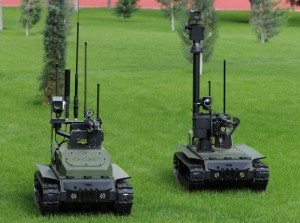
There are tons of apparatuses that are already in use today by the military, but are being developed to hopefully be used by the general population in the near future. One popular example that one may think of instantly is the drone. Drones, or UAV’s, are used in the United States military in an integration system by military planners to designate various individual aircraft elements in an overall usage plan for integrated operations. However, today, it is said that UAV’s may possibly make an appearance on the streets of Britain in the back of taxis. With powerful zoom, 360 degree vision, and facial recognition, up and coming UAV’s are “coming closer to being an established part of the CCTV landscape,” as said by the Telegraph. As they get cheaper, smaller, and more efficient, these small devices are being increasingly studied for numerous uses by groups of civilians.
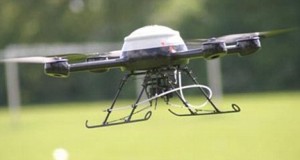
A growing technology that is already seen as the “flying car” or “time travel” of the future is being improved, and it is surreal. The BugBot, a nano-drone technology, is being developed by the federal government in the Air Force Research Laboratory, and is the most advanced CCTV system ever seen. These miniscule bugs will be used by the Air Force, and will either be hand thrown or air dropped depending on the mission. These MAVs (Micro Air Vehicles) will be easily hidden and will go into a low powered, extended surveillance mode. The BugBot will need to harvest energy from environmental sources, such as solar power and wind power. This ties in not only future technology of CCTV, but environmentally-friendly practices that are encouraged all over the world by activists. Micro-sensor and micro-processor technology will be used to navigate and detect targets of different operations. The incredible developments in this tiny CCTV system allow BugBot to operate flawlessly, even with sensors that detect wind patterns, allowing it to fly through rough terrains. Aerial view is accessible even when GPS tracking is not by the BugBot’s Optic Flow technology, which allows for a vision based approach rather than sensors. Numerous MAVs can be used together, and their data collected, to obtain a big picture of the operation. While MAVs are being used by the Air Force today, one can imagine the future of BugBot. Imagine sitting in traffic on a busy highway. Wouldn’t it be convenient to release BugBot from your window and get a view of traffic in seconds? Everyday uses will soon blossom from military technology, just as it has been doing in the past decades.

Not only is the future of CCTV becoming more mobile in UAV’s, but is also starting to become prevalent in modern vehicles. The development of rear-view backup cameras is already saving lives, day by day. According to AAA, one quarter of vehicular crashes are a result of backing collisions. At first, mirrors were added to vehicles for a better view of the car’s surroundings, but improvements in technology call for cameras attached to the back of the car that allow the driver’s visibility to be improved by up to 75%. The first 10 feet of space behind a vehicle are most dangerous, and with at least 50 children involved in back-over accidents each week, it is obvious that the progress of improvements within this field of surveillance is one of the more important. Although rear view cameras were a luxury a few years ago when they were first developed, they can now be found in almost every new car. Rear view surveillance is the ultimate example of a more mobile, efficient use of CCTV.
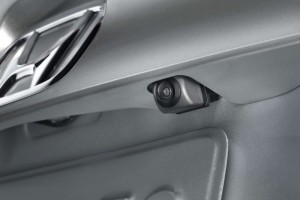
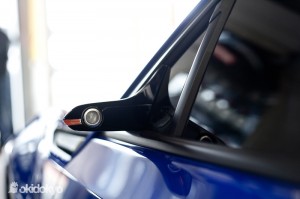
One disadvantage of growing CCTV technology such as drones is the controversy behind them. Government regulation, safety concerns, and even pilots who feel that they may lose their job, are advocating against the use of mobile technologies. Over the past few years, incidents involving the collision of civilian drones and commercial aircrafts have caused concern for safety, along with the pure observation of how easily UAV’s and other flying mobile objects can get stuck in trees, telephone wires, and other obstacles. What these pessimists don’t realize is that the usefulness of mobile CCTV systems is improving and is more technologically advanced, to the point where safety concerns and government speculation are petty matters, as compared to the uses of these systems. A search and rescue operation, for example, would prove UAV’s to be immensely useful in the criminology sector. Missing persons can be found easily with an aerial view of a flying aircraft rather than the countless, tiring, ineffective hours spent by authorities that could be using their time to take care of other matters. This is only one case in which the advantages of improving CCTV technology overpower the disadvantages.
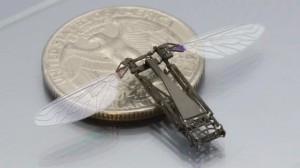
It is easy to see that although many surveillance technologies are used in the military by highly trained professionals, the future holds many CCTV improvements for civilian, everyday uses. With studies and research from laboratories and developmental groups around the world, advancements in apparatuses that are already thought of as complex will come without a doubt. There is definitely a bright, positive future for technology of CCTV.
